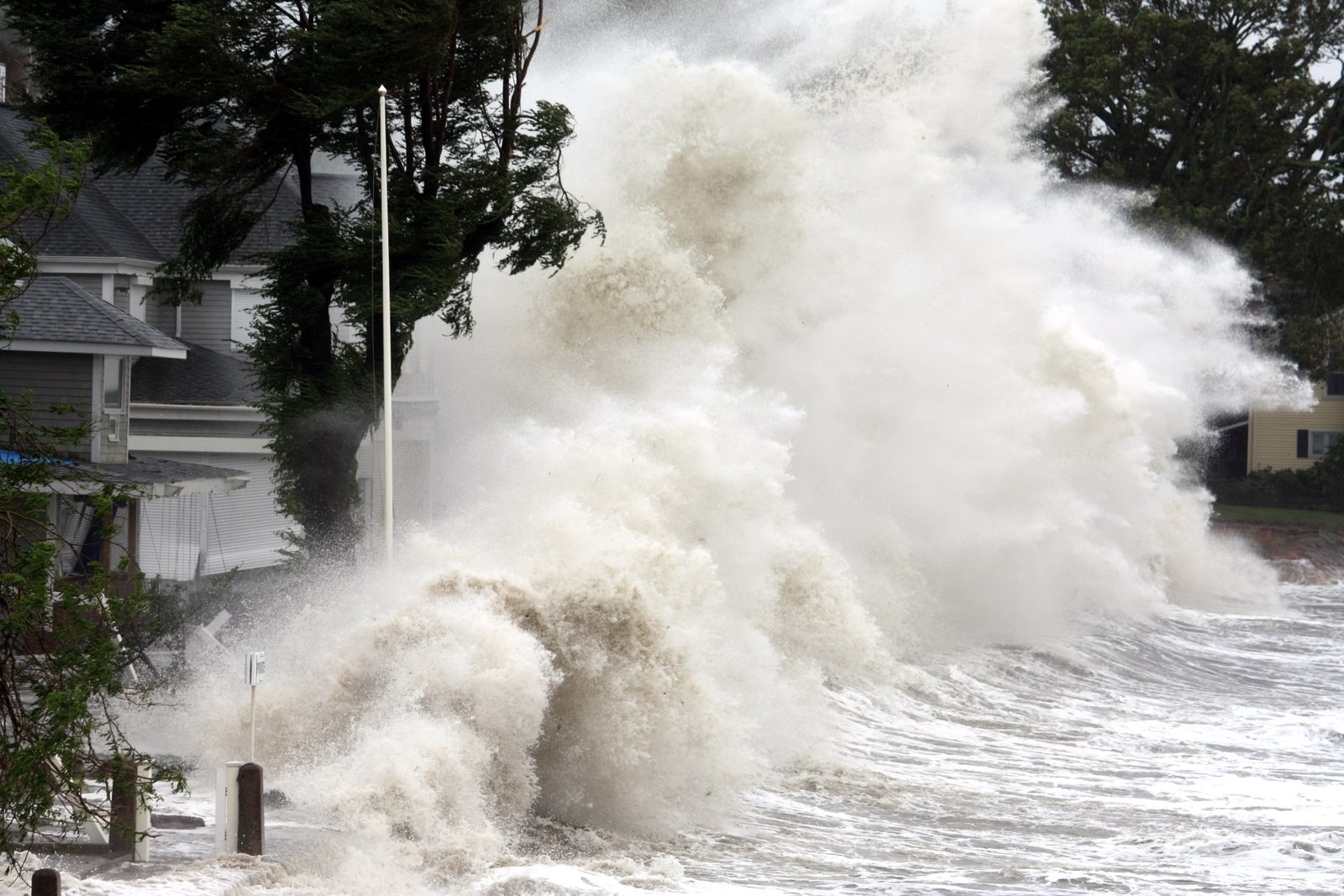In the first of this two-part post, Adam discusses the impacts of extreme storms and managing the tradeoffs of rebuilding.
Adam Whelchel is Director of Science of The Nature Conservancy in Connecticut. Speaking with him is Kevin Kromash, blogger for CFE/Save the Sound.
Kevin: Perhaps a good place to start is with the extreme storms that we have experienced in Connecticut over the past few years. What is the impact of these storms on the coastal ecology?
Adam: If we go back to March 2010, we had the rain equivalent of a Category 3 Hurricane (8 to 10 inches), we had Irene [in Aug 2011], we had Lee [in Sept 2011], we had a number of winter storms, and most recently we had Sandy [in Oct 2012]. Irene was probably a more significant storm for us here in Connecticut, whereas Sandy had greater impact in New York and New Jersey. In our beach and dune communities, we’ve seen a pretty dramatic flattening of the beach profile. In some locations we once had higher dunes, but they have been flattened with sediment being repetitively pushed back, and in some cases have buried the adjoining salt marsh.

Kevin: Are there other impacts when the dunes are flattened?
Adam: Mobilization of the sediment is certainly part of a natural process, but most of the Connecticut coast is highly urbanized – particularly in Fairfield County – so we don’t necessarily have the space or ability to manage for a dynamic, shifting beach and dune system. Once a fore dune is flattened, it doesn’t take a Sandy to cause impactful erosion. The dune systems essentially become much more vulnerable to lesser magnitude events.
In terms of the ecology, when sediment is mobilized in that way, it also creates habitat that is beneficial for beach nesting shore birds, like terns and plovers. However, this is sometimes at the detriment to the species that are endemic to the salt marshes. It is an issue of managing shifting tradeoffs over time.

Kevin: How do you weigh those factors against each other?
Adam: It’s very situational. A lot of the towns work to put their public beaches back in place almost immediately after a weather event. When the public beach is an important amenity, there really isn’t much discussion about habitat. But on the other hand, at The Nature Conservancy preserves such as Griswold Point in Old Lyme, there really isn’t any direct risk to property or life and limb from storms, so we’re allowing natural processes to define the complexity and diversity of habitats. There are a lot of places in between, where you need to have the flexibility to accommodate both people and nature. We see that in a lot of our state parks, like Hammonasset and Rocky Neck, where there is a “dual objective,” if you will, to provide access to the Long Island Sound, and to ensure high quality habitat is being conserved.
One of the difficulties of measuring these shifting trade-offs is that it is far easier to quantify the economic impacts on the built environment – like homes, bridges, schools, and parks – than the impacts on natural resources. Natural resources, of course, also provide additional benefits, such as defense against waves from storm surges and flooding, which are also difficult to quantify. One day in the not-so-distant future, we hope to be able to say, “this is not just wonderful wildlife and fish habitat, it’s not just a wonderful place to go for a walk, but it’s also providing you ‘X’ dollars in avoided future cost/risk to property in your community” — to quantify the benefits of natural resources in a real way from a risk reduction perspective. That’s one of my focal points right now, because natural infrastructure has to be a part of the solution.
This interview has been edited for length and clarity.
